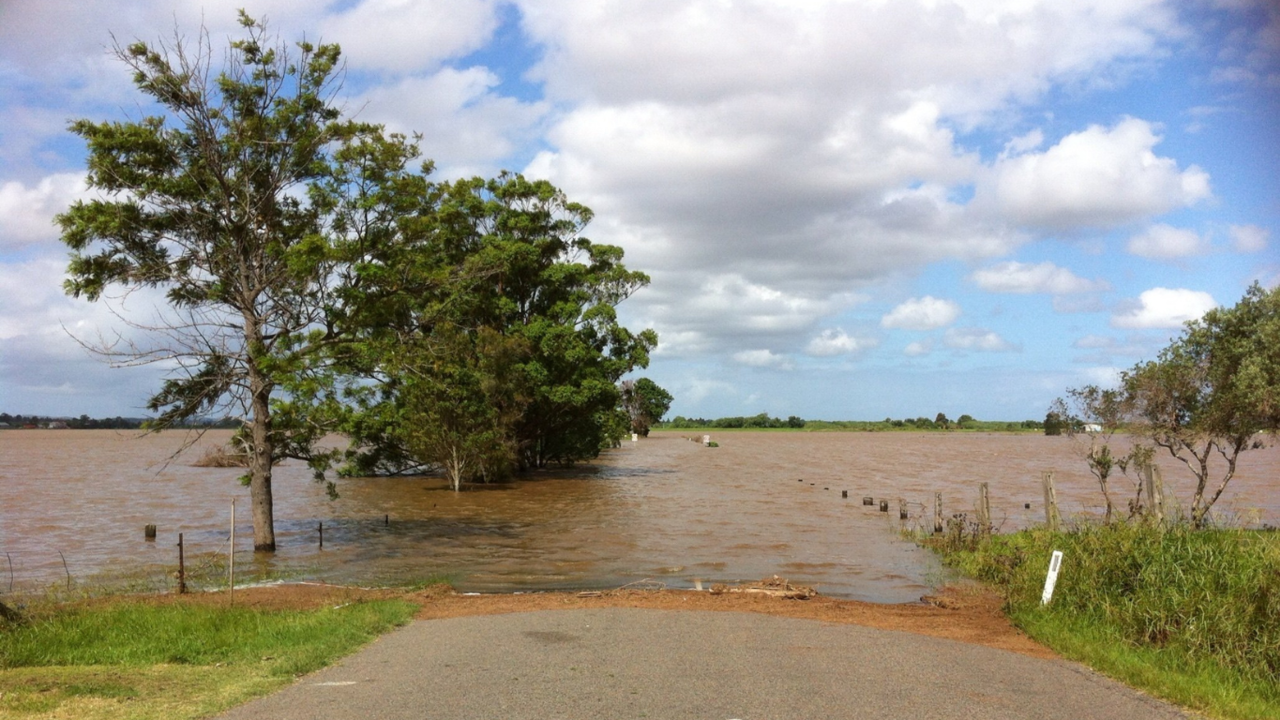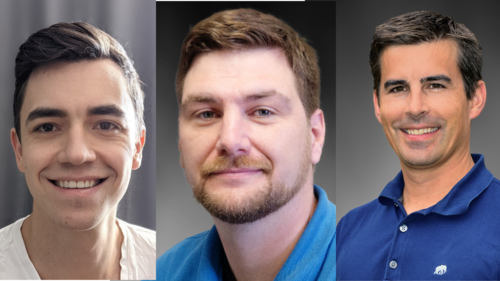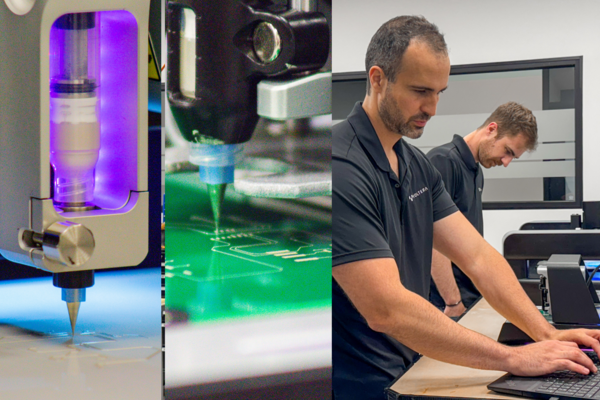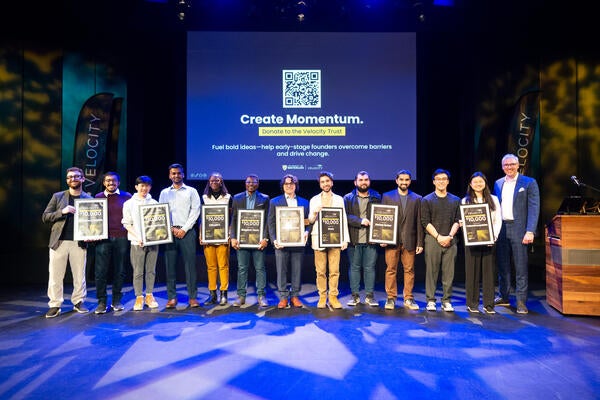
Blackbird flies to higher altitudes with Up Start funding
The novel software and mapping method will yield both real-time and two-dimensional flood models

The novel software and mapping method will yield both real-time and two-dimensional flood models
By Naomi Grosman VelocityAs an environmental engineering undergraduate nearly a decade ago, Robert Chlumsky, now a PhD candidate in the Faculty of Engineering, forged a professional relationship with his professors, Dr. James Craig and Dr. Bryan Tolson.
It was fostering that relationship and the research it produced that resulted in the trio receiving funding for Blackbird, a software and a new method for floodplain mapping that could potentially impact flood mitigation and response.
Blackbird secured $15,000 in funding through Up Start, a program created by Velocity and Waterloo Commercialization Office (WatCo) for student researchers, founders and recent alums who are transforming their research into commercial ventures. The program provides access to funding and collaboration with advisers.
Chlumsky, alongside Tolson and Craig, professors in the Department of Civil and Environmental Engineering, is developing the technology. The Up Start funding will facilitate research validation, potentially growing their team and building an online portal for the platform.

L-r: Robert Chlumsky, James Craig, and Bryan Tolson.
Unlike the ones currently in use today, Blackbird’s flood maps will be both real-time and two-dimensional, facilitating more effective emergency response to flood events.
“If authorities can do a better job responding to and managing flood events as they occur, both in real-time and understanding the potential impact in land development, it could lead to real reductions in cost and risk to life,” Chlumsky said.
Craig, who also holds a Canada Research Chair in hydrologic modelling and analysis, said authorities are currently using outdated information, in some cases developed decades ago.
“A lot of maps being used were developed in the ‘70s and ‘80s, most of which are out of date simply because climate is changing and there’s changing frequency of large flow events that lead to flooding,” Craig said. “This is a critical problem for engineers who are trying to deal with any predictions about water flow and flooding.”
Chlumsky said while Blackbird’s technology will apply to conservation authorities, government and industry, the maps could eventually reach general consumers to give them a better understanding of their own flood risk when buying or assessing their property.
Blackbird and nine other ventures are the first to work with Up Start and receive funding for transforming their research into commercial ventures. You can read the full recipient list here.
Up Start is accepting applications. You can read more about the program and apply here.

Read more
Here are the people and events behind some of this year’s most compelling Waterloo stories

Read more
Voltera prints electronics making prototyping faster and more affordable — accelerating research to market-ready solutions

Read more
From non-invasive health care solutions to sustainable construction material and AI-driven coaching, the funding supports future-centric ventures
The University of Waterloo acknowledges that much of our work takes place on the traditional territory of the Neutral, Anishinaabeg, and Haudenosaunee peoples. Our main campus is situated on the Haldimand Tract, the land granted to the Six Nations that includes six miles on each side of the Grand River. Our active work toward reconciliation takes place across our campuses through research, learning, teaching, and community building, and is co-ordinated within the Office of Indigenous Relations.